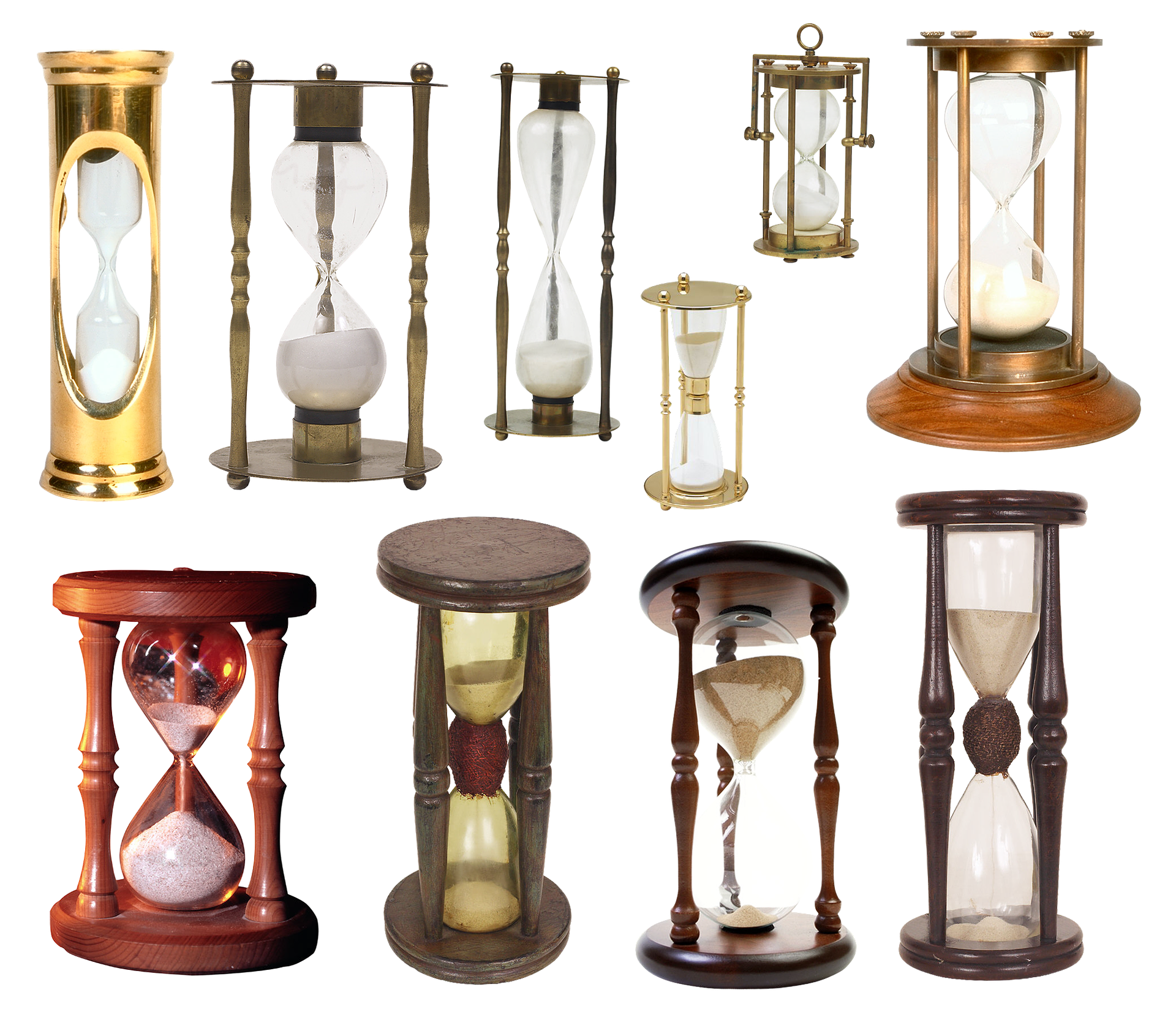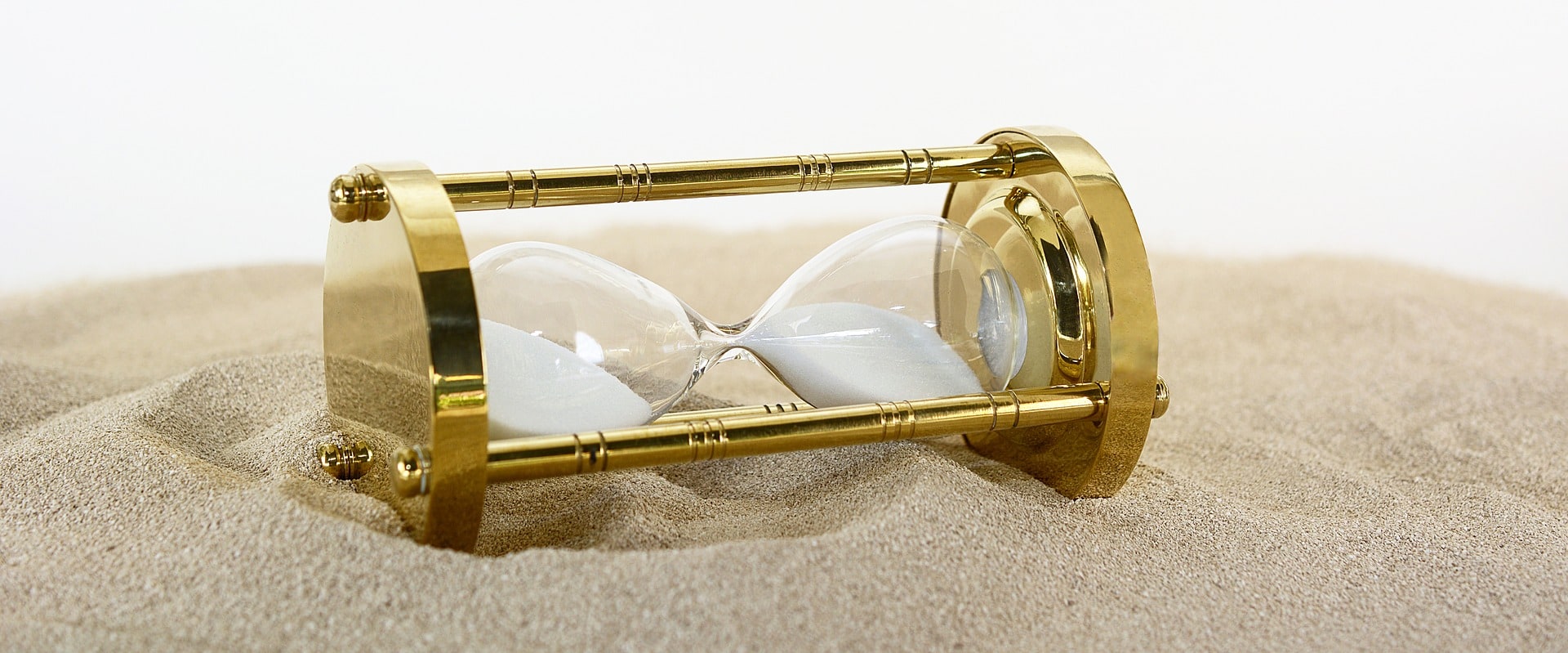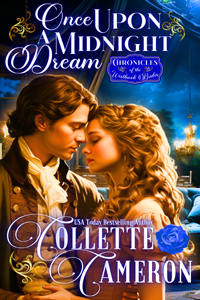Hourglasses and Sand Clocks
Yesterday, I researched hourglasses and sand clocks for Blaike and Oliver’s story (Blaike: Secrets Gone Askew, Conundrums of the Misses Culpepper, #4 coming March 2017!) The first records of sand clocks date way back to the 8th century, and it’s invention is credited to a monk. How did he figure out exactly how much sand to use for one hour?
In my searches, I found several antique sand clocks; Some very humble and others quite elaborate and ornate. I’m using a brass mariner hourglass as the inspiration for Oliver’s, since he’s the captain of the Sea Gypsy.
You can see it on my Facebook page.
You know why hourglasses were perfect for ocean voyages and were used on ships from about the 14th century onward?
Unlike other vintage clocks, the wave movement didn’t affect an hourglass’s accuracy! A type of pendulum clock was invented later that also kept accurate time at sea.
I just watched a historical program where an hourglass was hung from a hook inserted into a post on a ship’s deck. Every hour, a whistle sounded, and the timepiece was rotated. I think I need to add another sand clock somewhere above deck, too.
Now to tackle how to use a sextant!










I was always curious about hour glasses. How did he figure out how much sand represented a hour? Thank you for sharing.
That was my question too!
cool info!
denise